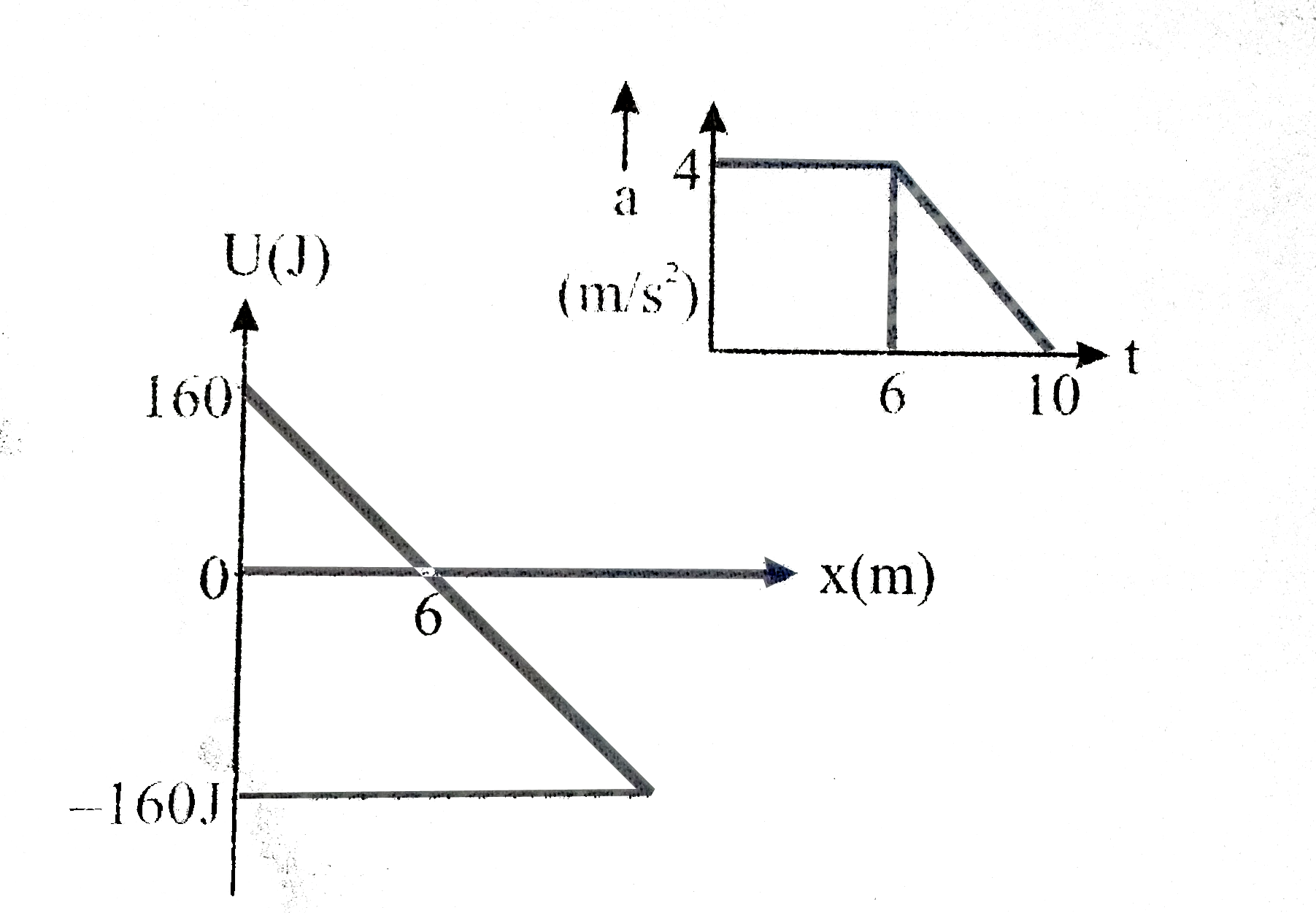The area of the acceleration-displacement curve of a body gives
impulse
change in momentum per unit mass
change in KE per unit mass
total change is energy
The correct Answer is:C
To solve the question regarding the area of the acceleration-displacement curve of a body, we can follow these steps:
1. Understanding the Relationship:
- We start with the relationship between acceleration (A), velocity (v), and displacement (x). Acceleration can be defined as the change in velocity over time:
A=dvdt
- We can also express this in terms of displacement:
A=dvdx⋅dxdt=dvdx⋅v
2. Integrating the Acceleration:
- To find the area under the acceleration-displacement curve, we need to integrate the acceleration with respect to displacement. We can set up the integral from the initial velocity u to the final velocity v:
Area=∫vuAdx
3. Using the Kinematic Equation:
- From kinematics, we know that:
v2=u2+2as
- Rearranging gives us:
a=v2−u22s
- Here, s is the displacement.
4. Calculating the Change in Kinetic Energy:
- The change in kinetic energy (KE) of the body as it moves from an initial speed u to a final speed v is given by:
ΔKE=12mv2−12mu2
- This can be expressed as:
ΔKE=m2(v2−u2)
5. Finding Change in Kinetic Energy per Unit Mass:
- To find the change in kinetic energy per unit mass, we divide the change in kinetic energy by the mass m:
ΔKEm=12(v2−u2)
6. Conclusion:
- Thus, the area under the acceleration-displacement curve represents the change in kinetic energy per unit mass of the body. Therefore, the answer to the question is:
Area of acceleration-displacement curve=Change in kinetic energy per unit mass
Final Answer:
The area of the acceleration-displacement curve of a body gives the change in kinetic energy per unit mass.
---
- We start with the relationship between acceleration (A), velocity (v), and displacement (x). Acceleration can be defined as the change in velocity over time:
A=dvdt
- We can also express this in terms of displacement:
A=dvdx⋅dxdt=dvdx⋅v
- To find the area under the acceleration-displacement curve, we need to integrate the acceleration with respect to displacement. We can set up the integral from the initial velocity u to the final velocity v:
Area=∫vuAdx
- From kinematics, we know that:
v2=u2+2as
- Rearranging gives us:
a=v2−u22s
- Here, s is the displacement.
- The change in kinetic energy (KE) of the body as it moves from an initial speed u to a final speed v is given by:
ΔKE=12mv2−12mu2
- This can be expressed as:
ΔKE=m2(v2−u2)
- To find the change in kinetic energy per unit mass, we divide the change in kinetic energy by the mass m:
ΔKEm=12(v2−u2)
- Thus, the area under the acceleration-displacement curve represents the change in kinetic energy per unit mass of the body. Therefore, the answer to the question is:
Area of acceleration-displacement curve=Change in kinetic energy per unit mass
The area of the acceleration-displacement curve of a body gives the change in kinetic energy per unit mass.
Similar Questions
Knowledge Check
- Question 1 - Select One
The area under force-displacement curve represents
AvelocityBaccelerationCimpulseDwork done - Question 2 - Select One
The area under the acceleration-time (a-t) graph gives
AAccelerationBDisplacementCVelocityDChange in velocity - Question 3 - Select One or More
If a body is accelerating:
Ait may speed upBit may speed downCit may move with same velocityDit may move with same speed
The area under acceleration-time graph gives
View SolutionThe vanat10n of acceleration (a) and displacement (x) of the particle executing S.H.M. is indicated by which of the following curves?
View SolutionA particle of mass 1kg is moving X-axis. Its velocity is 6m/s at x=0. Acceleration-displacement curve and potential energy-dispalcement curve of the particle are shown :
 .View Solution
.View SolutionThe slope of kinetic energy displacement curve of a particle in motion is
View SolutionThe slope of kinetic energy displacement curve of a particle in motion is
View Solution

